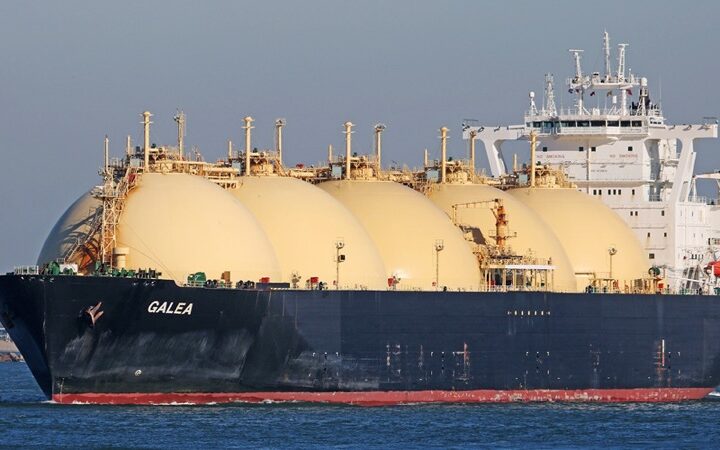.
A wrecked airplane lies nose-deep in splintered wood from homes in the port of Sendai. An hour's drive away, workers in white masks and protective clothing scan thousands of people for radiation.
Two days after a ferocious earthquake and tsunami submerged Japan's northeast coast, killing hundreds and forcing tens of thousands from their homes, Japan is struggling to comprehend the scale of one of its worst disasters.
“Is it a dream? I just feel like I am in a movie or something,” said Ichiro Sakamoto, 50, in Hitachi, a city in Ibaraki Prefecture. “Whenever I am alone I have to pinch my cheek to check whether it's a dream or not.”
In Sendai, a city of one million, survivors and rescue workers picked through piles of rubbish mixed with wood and other debris from buildings and homes, searching for belongings and removing bodies.
Panicked residents hoarded supplies. A queue of cars waiting for fuel stretched 2 km. About 300 people crowded into a supermarket.
“There have been tsunami before but they were just small. No one ever thought that it could be like this,” said Michiko Yamada, a 75-year-old in Rikuzentakata, a nearly flattened village in far-northern Iwate prefecture.
“The tsunami was black and I saw people on cars and an old couple get swept away right in front of me.”
Many bodies were discovered under rubble on Sunday in Yamada's village, where about 5,000 homes were submerged, Kyodo news agency reported. Nearby, Otsuchi's town office was swept away while the mayor and local officials were apparently inside.
Authorities rescued a 60-year-old man found floating on a piece of roof about 15 km offshore from Fukushima prefecture. The man, Hiromitsu Shinkawa, had been swept out to sea with his house, Kyodo said.
In Koriyama, Fukushima prefecture, south of Sendai, thousands of people evacuated from areas around a crippled nuclear power plant were scanned for radiation exposure as authorities struggled to cope with the aftermath.
Although the government insists radiation levels are low following an explosion in the main building of the plant, 240 km north of Tokyo, workers wearing white masks and protective clothing used handheld scanners to check everyone arriving at evacuation centres.
“There is radiation leaking out, and since the possibility (of exposure) is high, it's quite scary,” said 17-year-old Masanori Ono, queuing at an evacuation centre in Koriyama.
About 10,000 people were feared killed by the earthquake, and as many as 20,820 buildings were either destroyed or badly damaged.
NEIGHBOURHOODS SWEPT AWAY
Reports of dramatic losses trickled in on Sunday.
A nursing home with 30 elderly residents had been washed away in Ofunato, a small northern coastal city. The town of Minamisanriku was practically flattened. Authorities had failed to locate over half its 17,500 people.
In Rikuzentakata, survivors scrambled to retrieve their belongings, at times clambering over uprooted trees or overturned cars.
Several neighbourhoods were completely swept away, creating a vast wasteland of mud, scraps of wood and random appliances. Only the sturdiest buildings were left intact.
Cars were flipped. A train station remained standing, its small building filled with mud and wood. A family photo stuck out of the muddy ground near one destroyed home.
About 1,340 people took refuge at s local shelter overnight in a school in near-freezing temperatures. Inside, people slept curled up in the cold, covered in blankets. Some sat on chairs around heaters, talking with family and friends.
Worried relatives checked an information board on survivors, some weeping, others whispering and huddling in a group.
“I am looking for my parents and my older brother,” Yuko Abe, 54, said in tears. “Seeing the way the area is, I thought that perhaps they did not make it….I also cannot tell my siblings that live away that I am safe, as mobile phones and telephones are not working.”
About 300,000 people have been evacuated nationwide, including tens of thousands from areas near the nuclear plant in Fukushima Prefecture.
In Tokyo, where many have long feared another powerful earthquake of the scale that killed about 140,000 people in 1923, residents watched seemingly endless televised footage of fires, collapsed buildings and the deadly waves.
“Even in the bar, we kept staring at the news,” said Kasumi, a 26-year-old woman meeting a friend for a drink in the central district of Akasaka on Saturday night. “I looked at the tsunami swallowing houses and it seemed like a film.”







